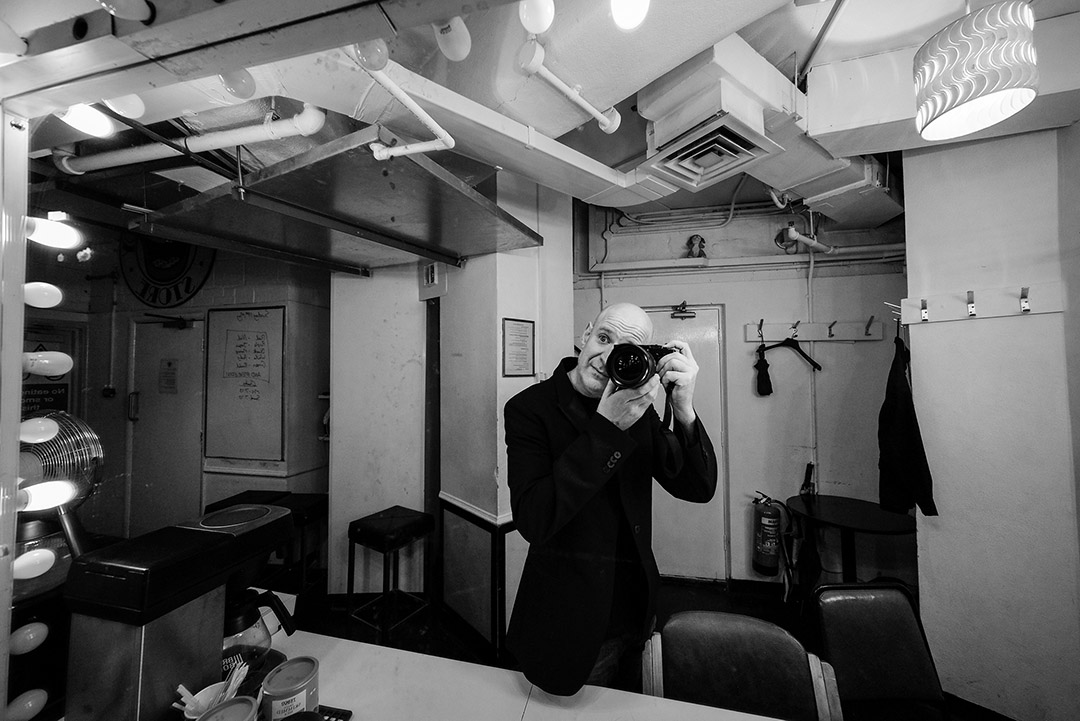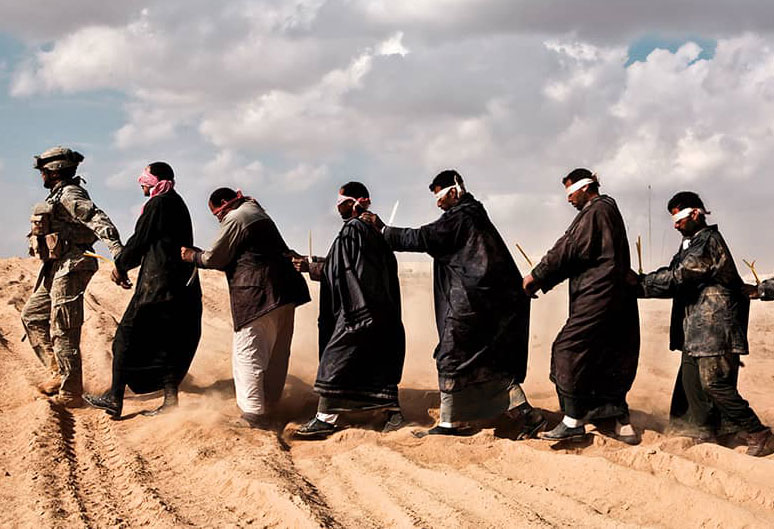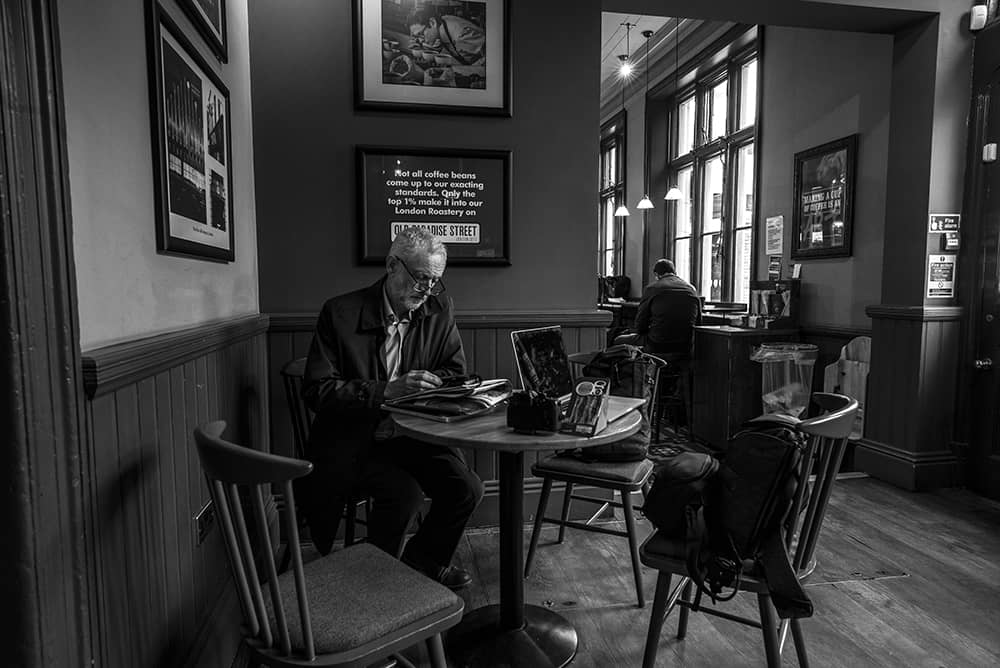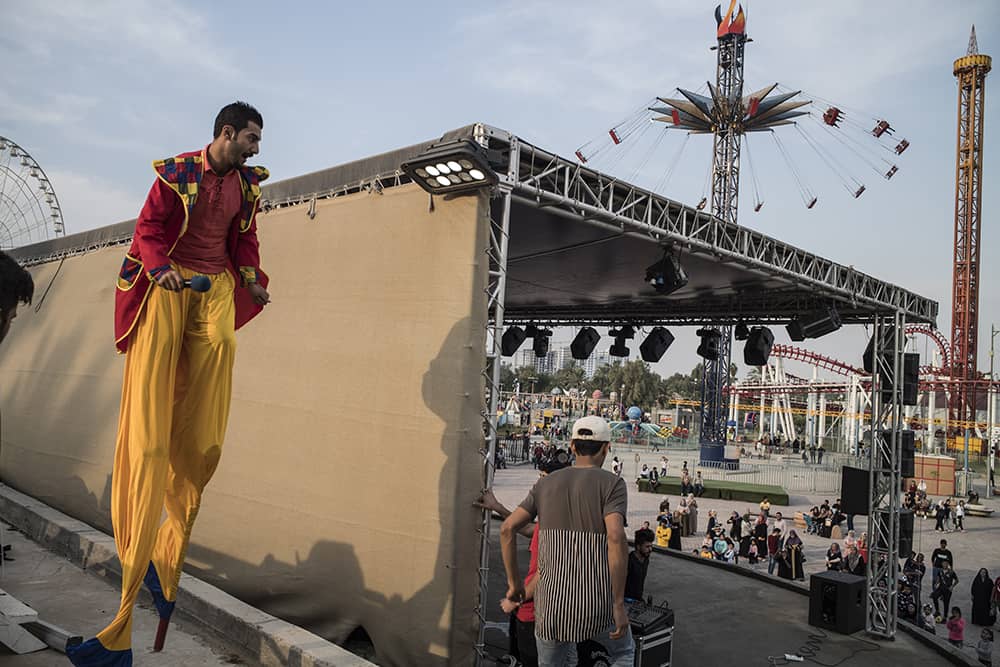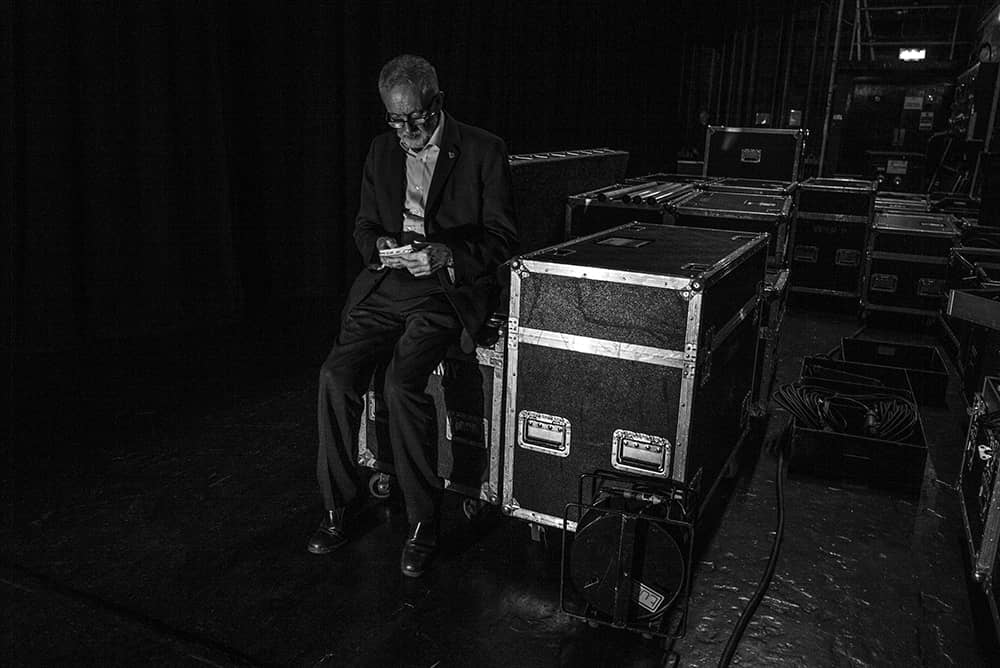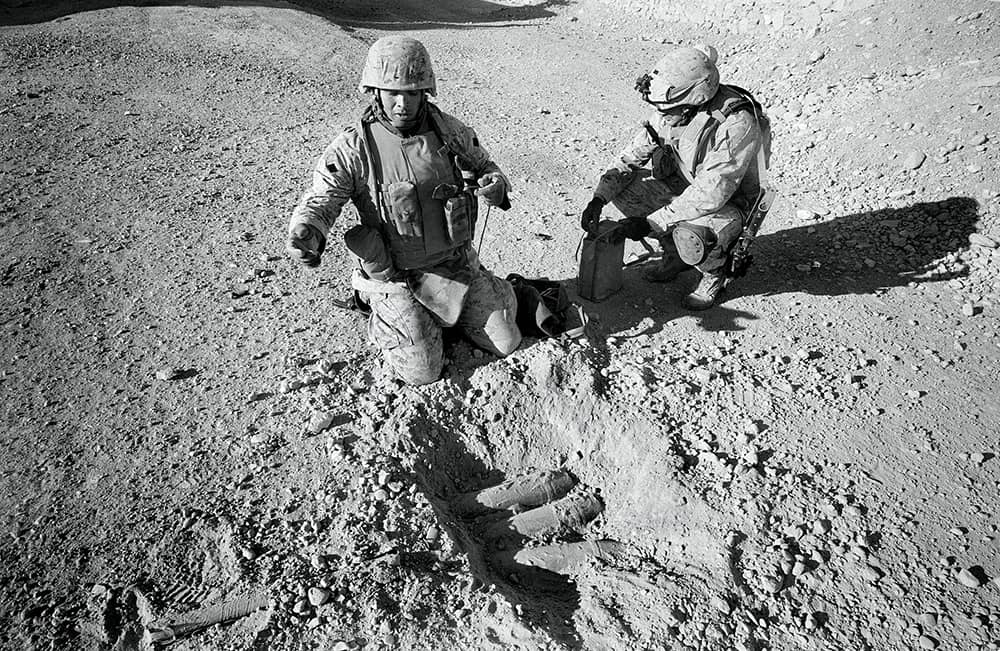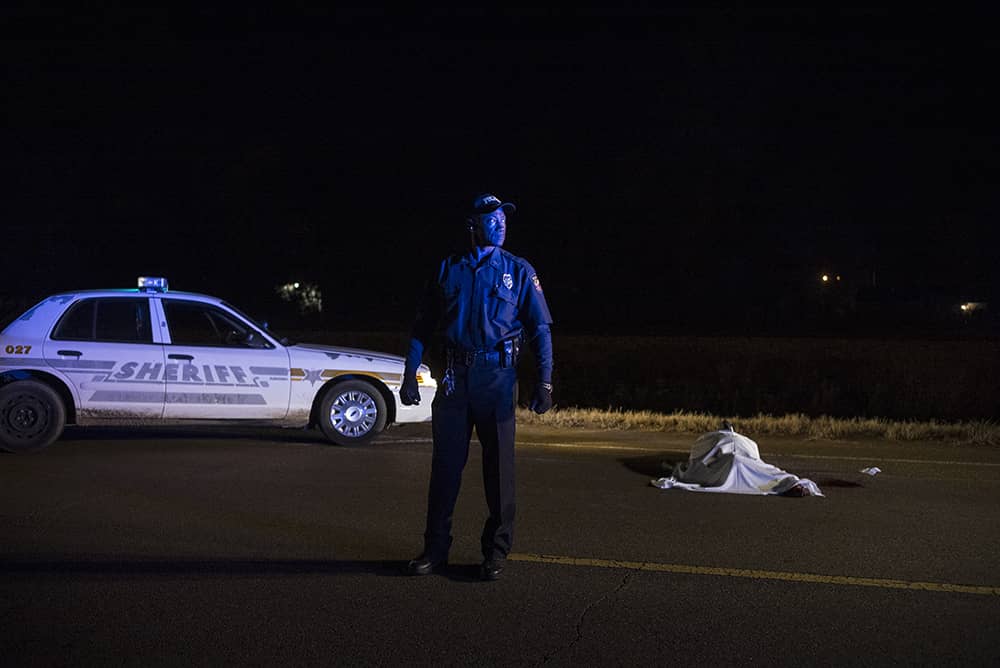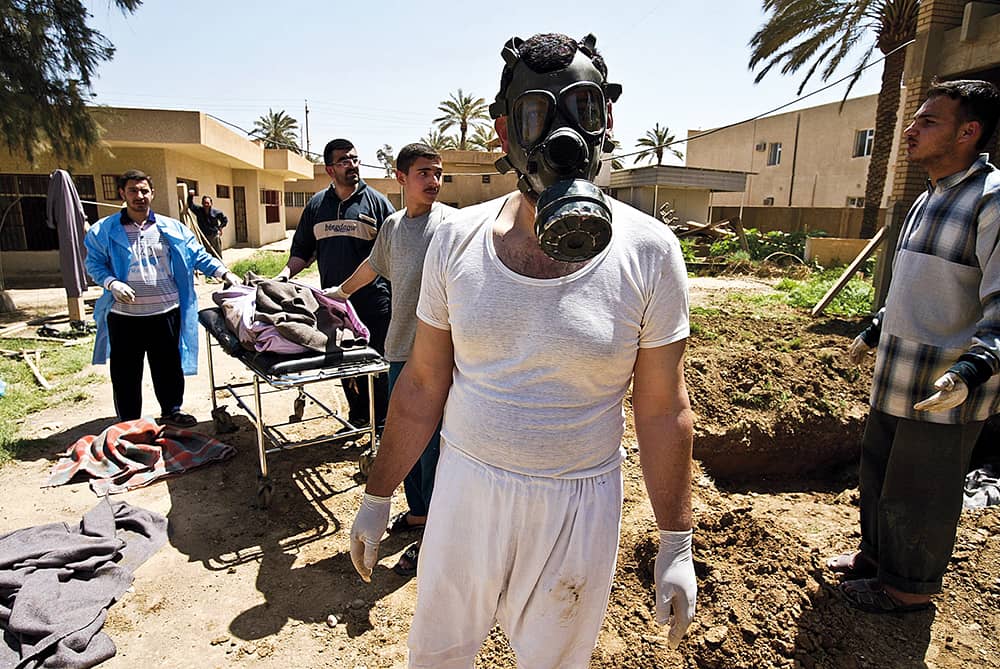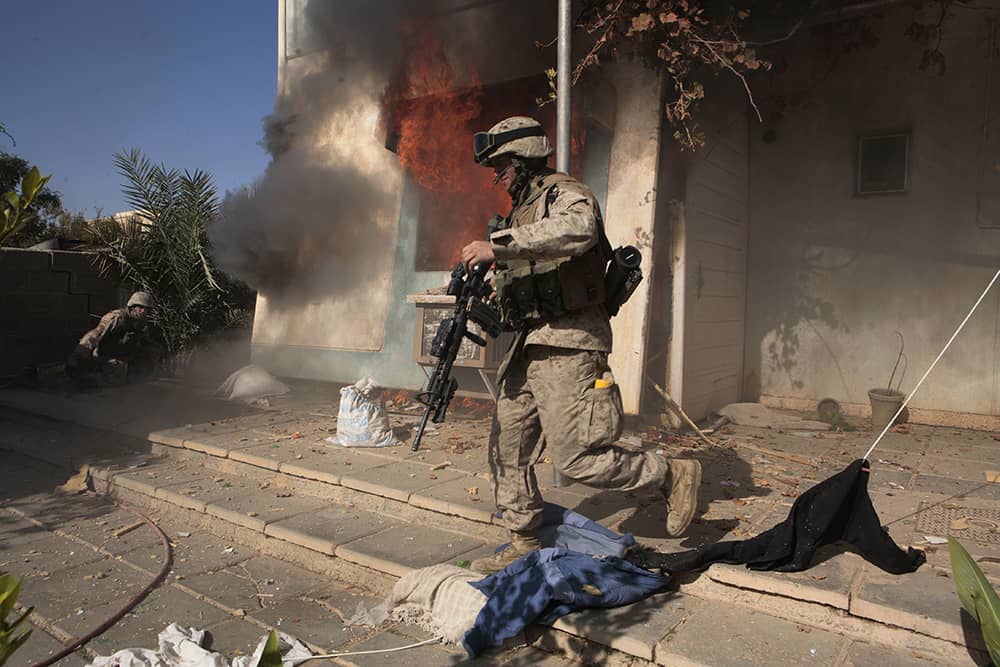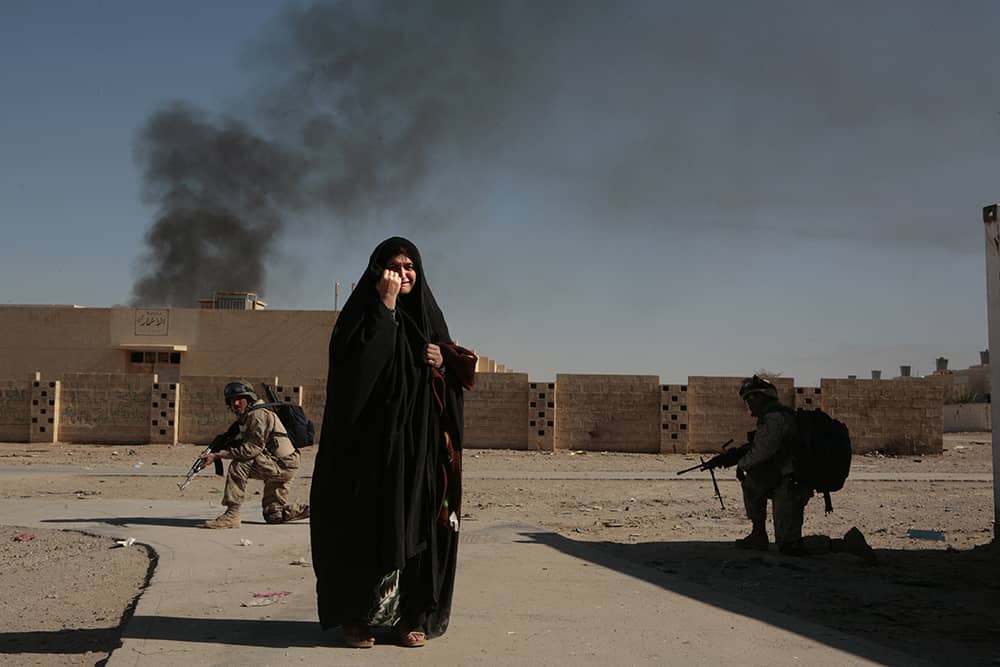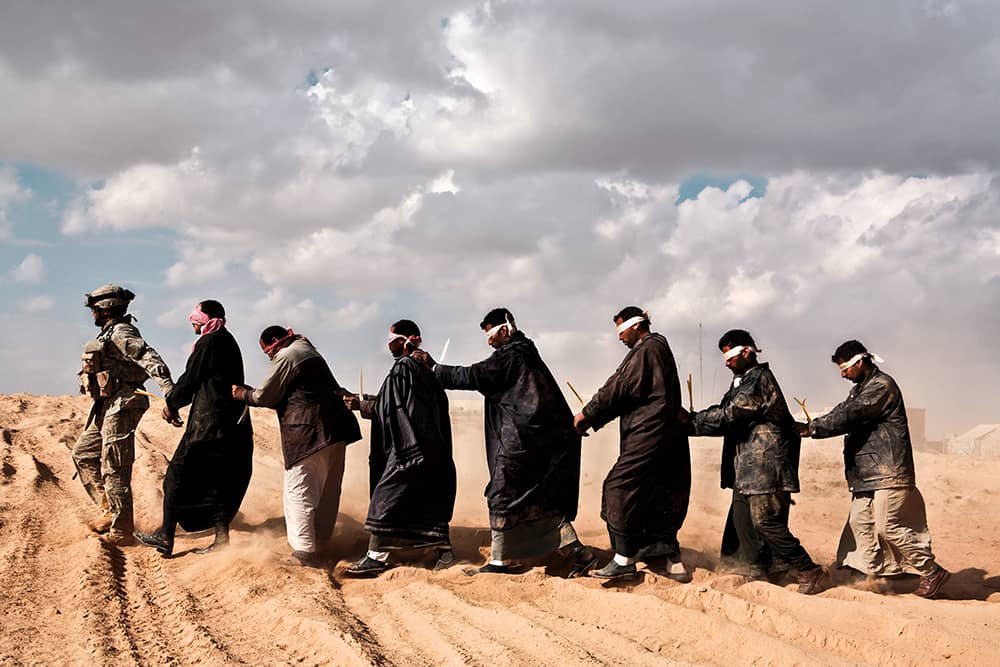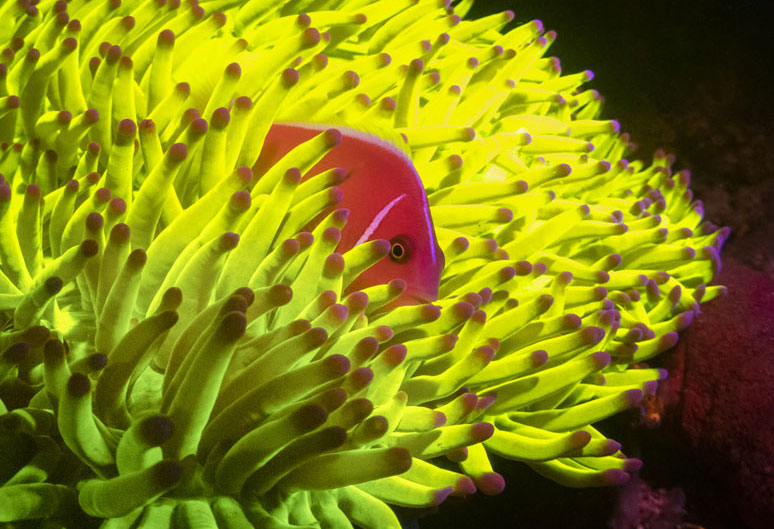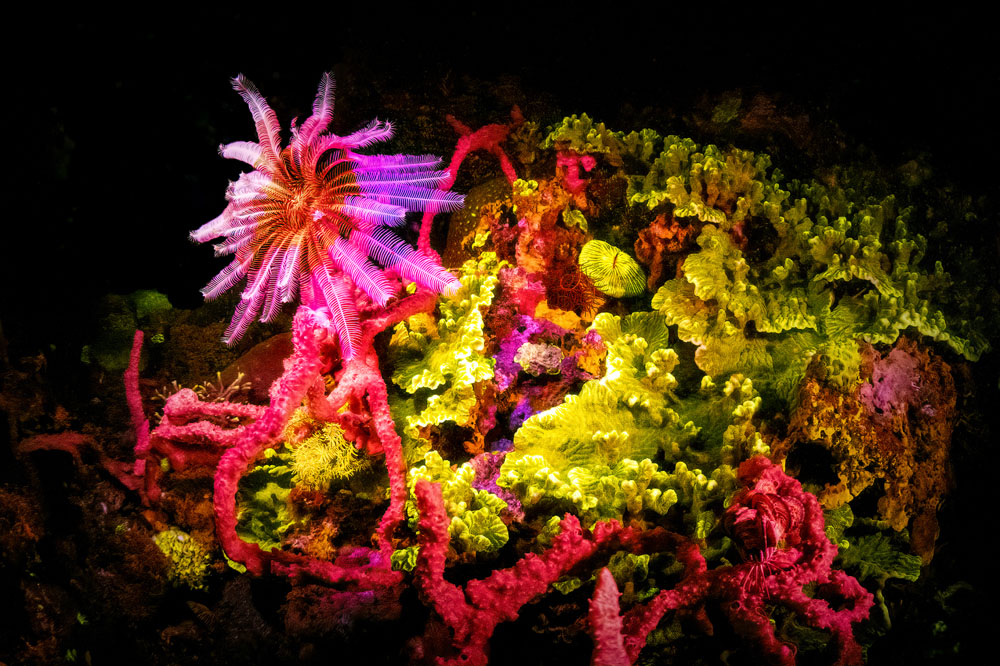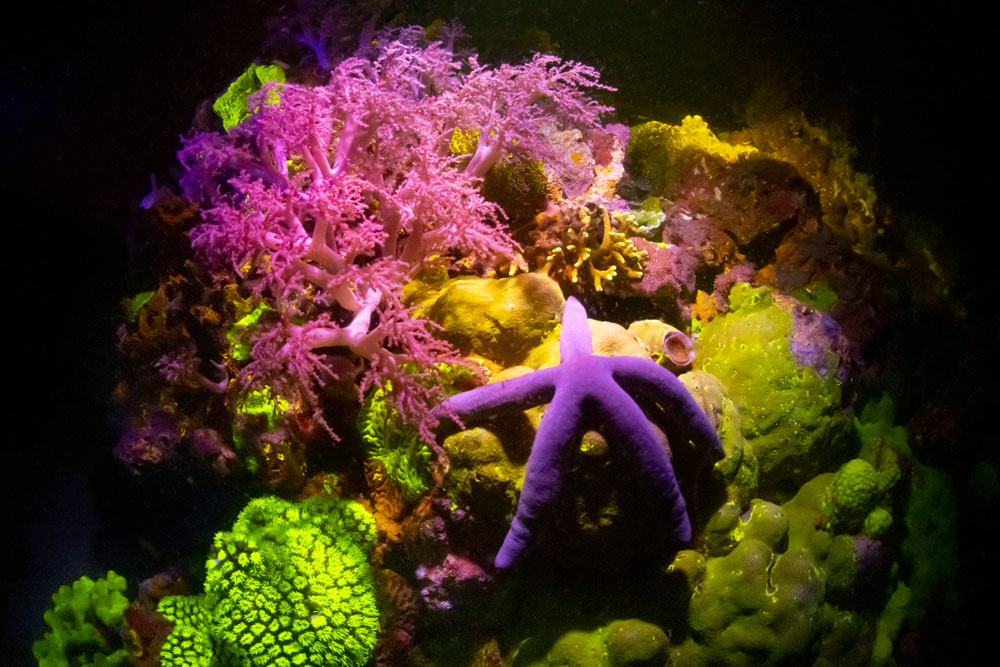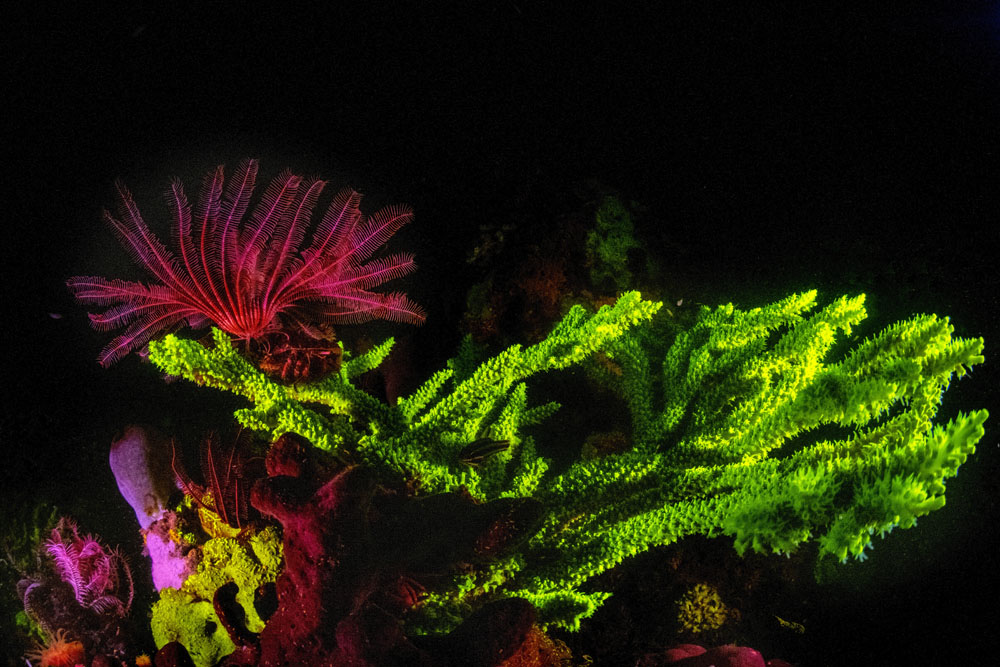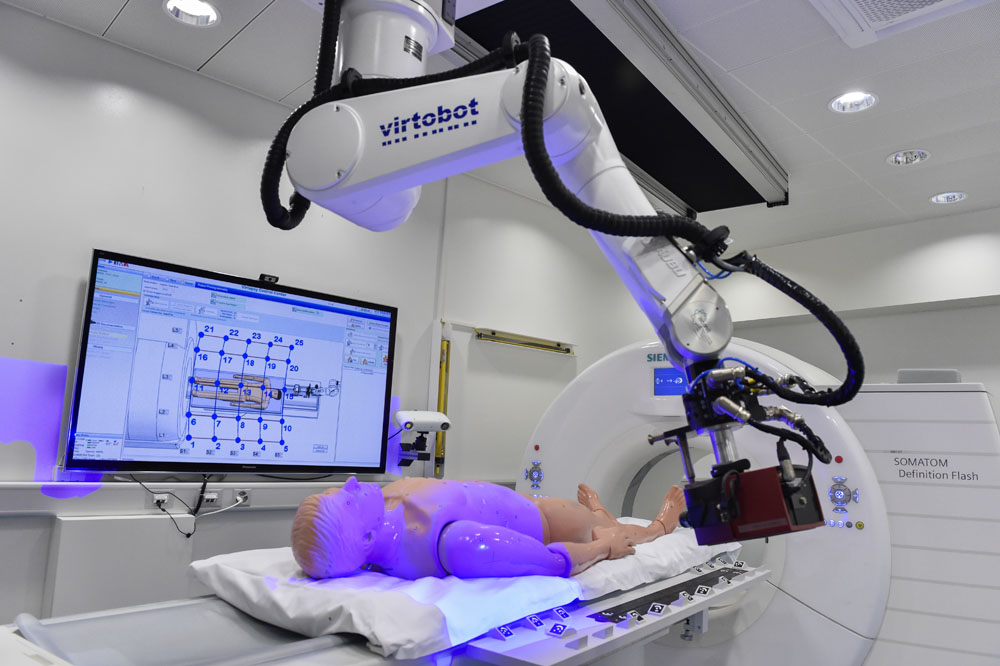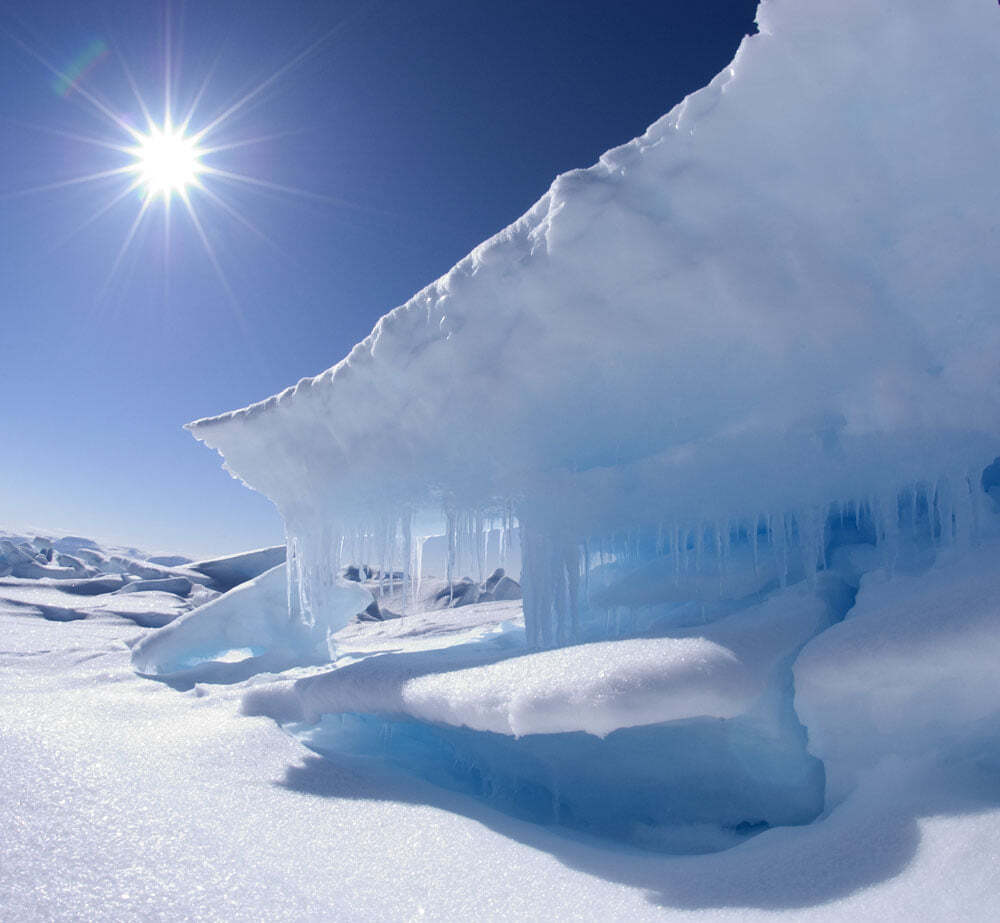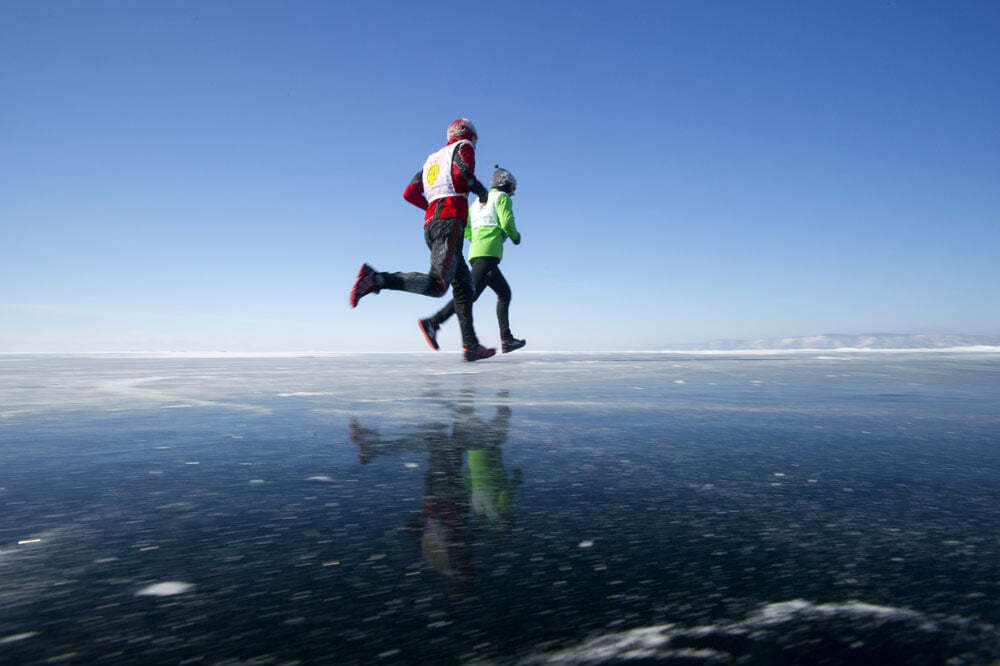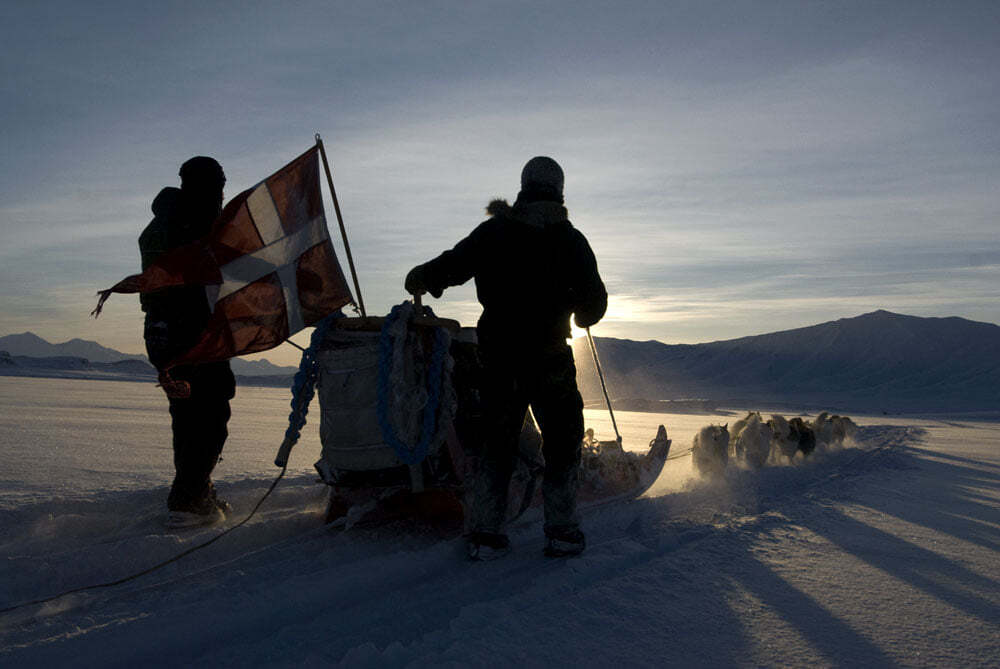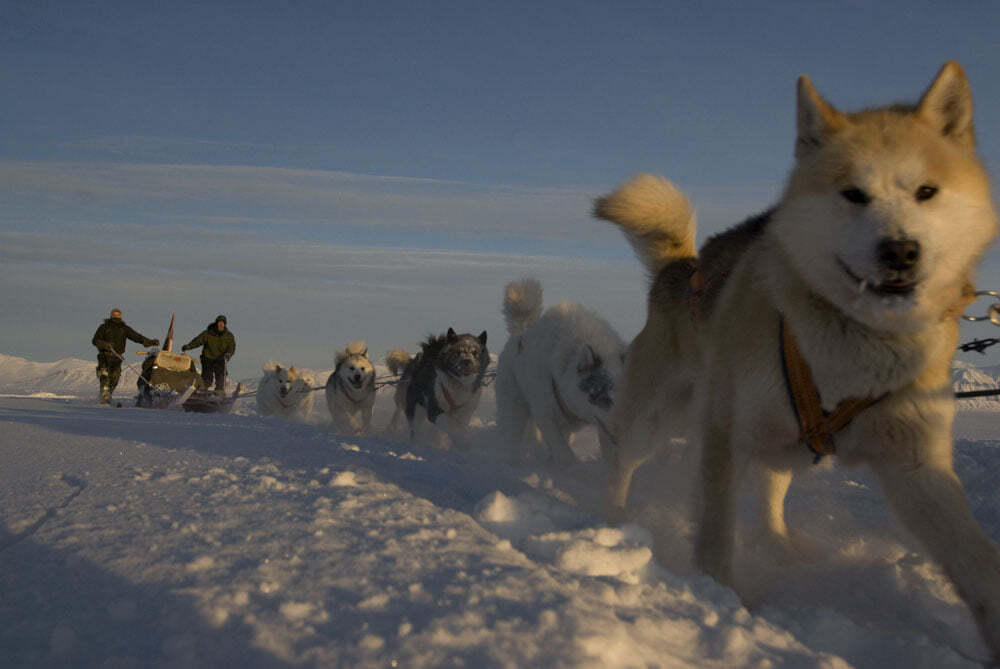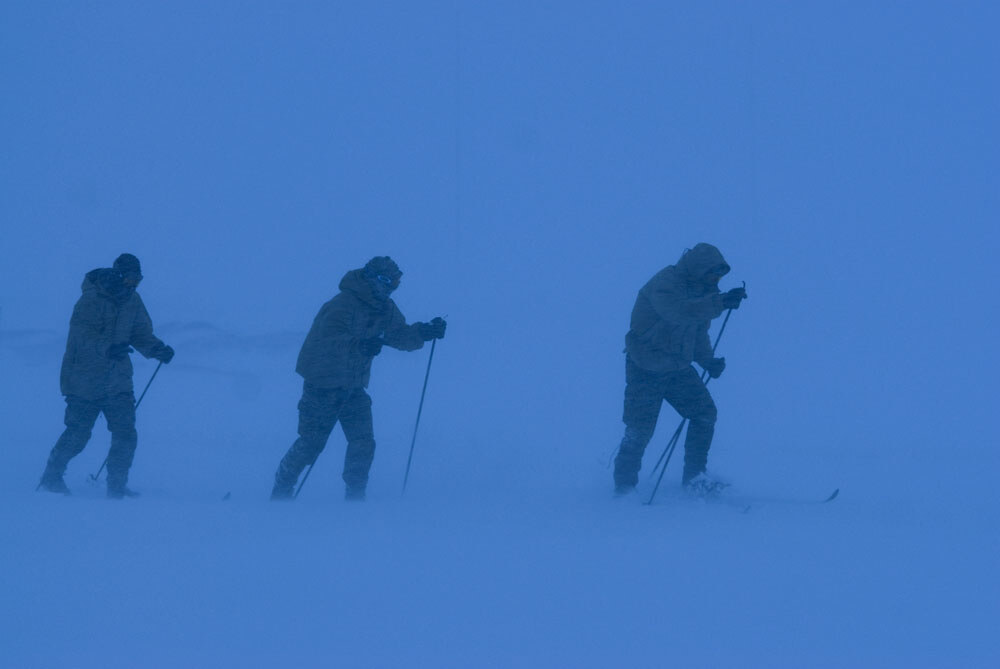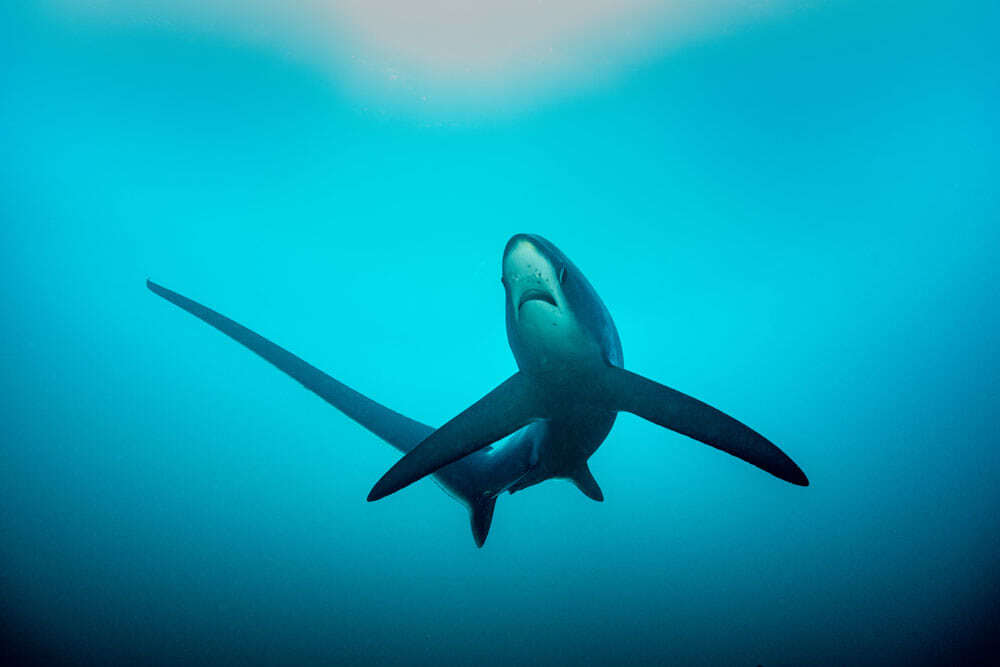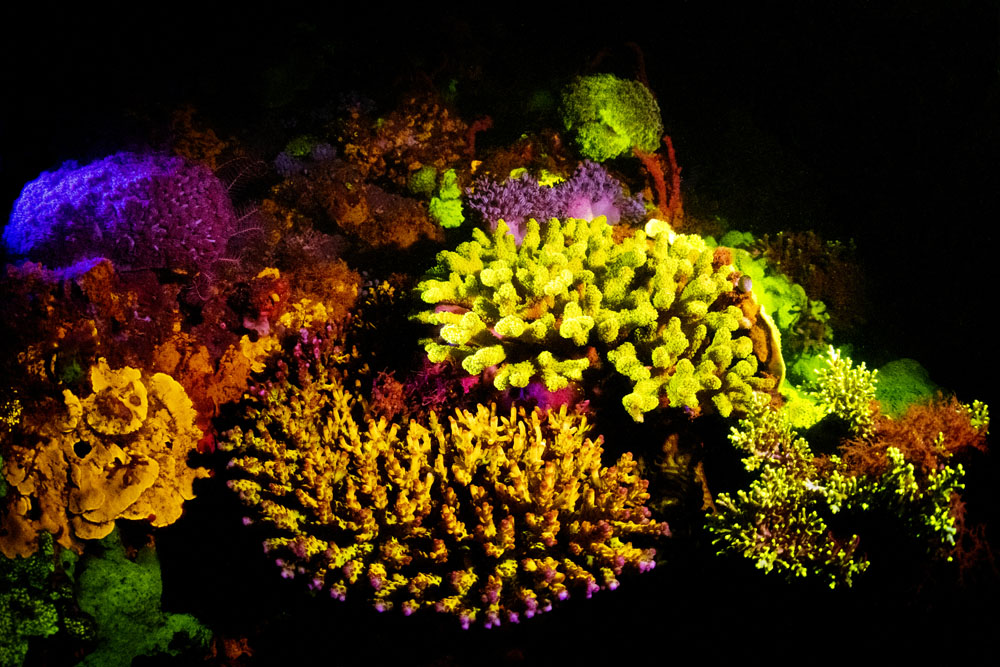As both a stand-up comedian and a photographer, Steve Best enjoys unparalleled access behind the closed doors of the comedy circuit. His stylish, artful images show a different side of people we recognise from panel shows and comedy clubs. Sometimes they’re nervous, sometimes they’re excited, sometimes they seem decidedly contemplative.
It’s this knack for capturing a different side of his funny-people subjects that has made Steve such a popular figure on the comedy circuit – a popularity that has also translated to two successful photobooks.
Steve owns a few bits of kit from Fixation, so we were thrilled when he agreed for a sit-down to chat about his work and his ongoing ‘Comedians’ project. So, let’s get into it!
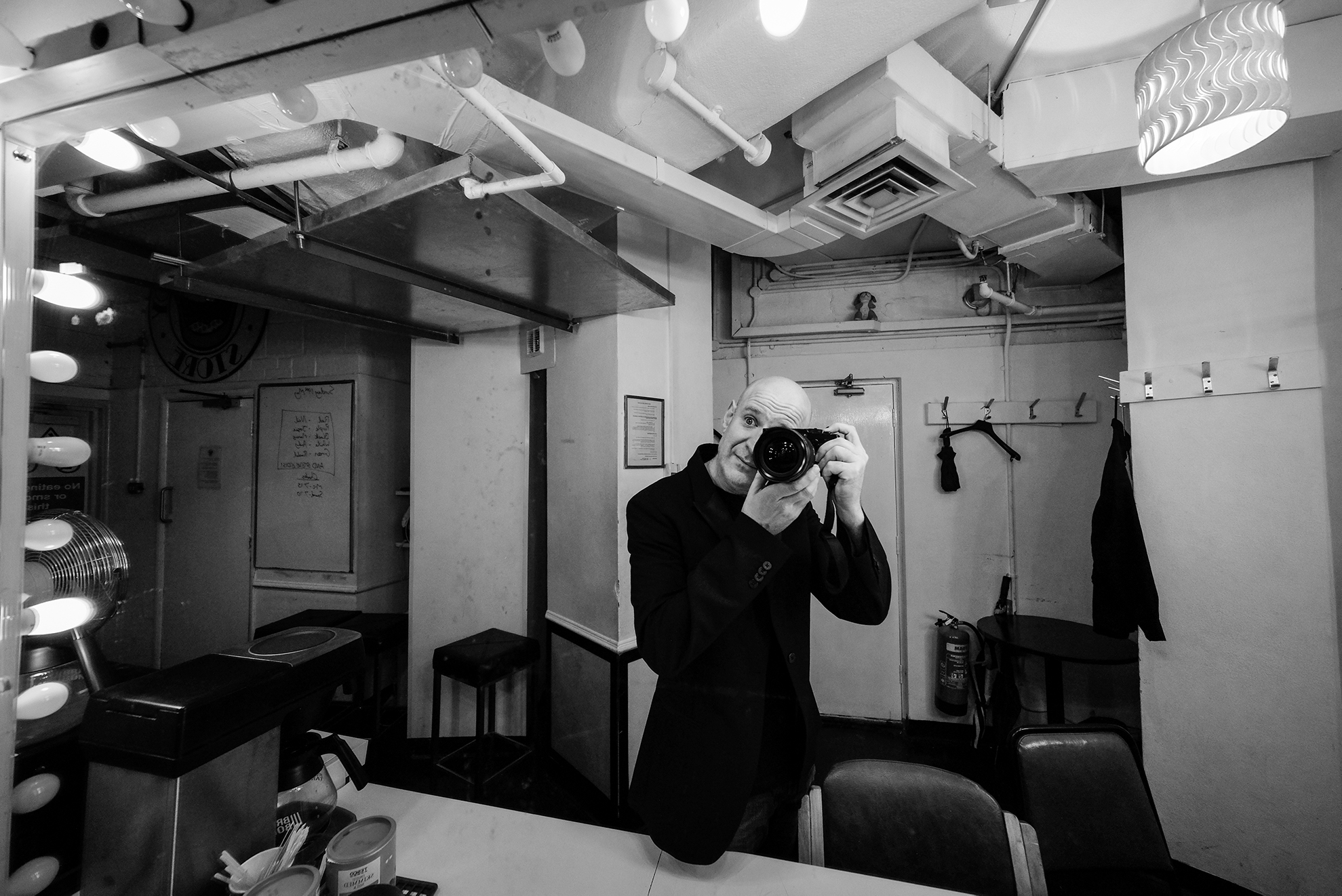
Fixation: Thanks for talking with us Steve. Your ‘Comedians’ project is a favourite on the comedy circuit and beyond – how did it all come about?
Steve Best: I’ve always been interested in photography. I’d been doing stand-up for years and years, and I had a little Ricoh point-and-shoot film camera which I’d take on my holidays. I really loved that camera, and then I got the digital version of it. Because it was so small, I used to just slip the camera into my pocket, and so I’d take it to gigs. And there, I would just take a snapshot of a comedian backstage I was speaking with at the time. That was how it started.
That must have been the year two thousand and… something! But eventually I did that first little book, Comedy Snapshot. It’s a chunky little book with more than four hundred comedians – I took a snapshot of them, and then they all gave me a one-liner joke, and four or five facts.
They were just little portrait snapshots, but they went down so well with the comedy community that I decided to lose a lot more money and do another book!
So we did another book, very similar to the first, called Joker Face. It was nearly twice the size, chunky-wise – which I got told off for, because the spec was meant to be the same, but I just kept on adding comedians.
And for my photography, that was when I started upping my game a bit. I got into Fujifilm – I had the X-Pro1 at the time. The pictures are still snapshots; they’re not, you know, ‘proper’ portrait shots, but that’s what I want it to be. It was never meant to be stylish; it was just me being backstage, having access to these comedians.
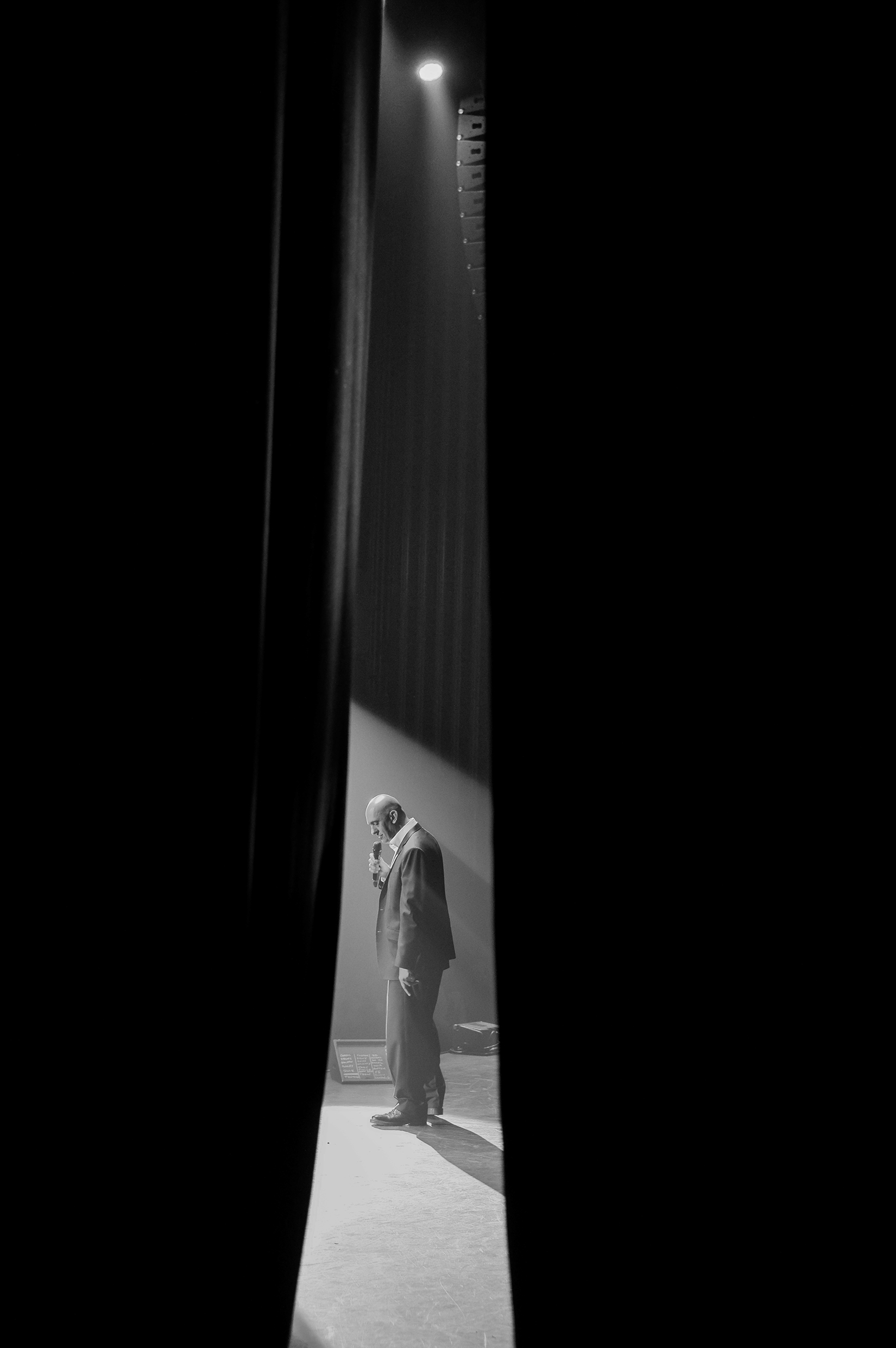
Fixation: I was wondering about your shooting process – do you approach different people in a different way? Or do you have a more set process that seems to work every time?
Steve Best: I think because I’m accepted in that world – I’m ‘one of them’, as they say – their guard does kind of come down slightly. So I know that they will not play up to the camera, and I can just chat with them. For instance, there are quite a lot of mirror shots where I’m looking at the comedian, I’m chatting with them as well, and I’m just surreptitiously pinging the shutter.
That kind of backstage work is actually one of the reasons why recently I got a Leica Q, which I really love because it’s so quiet. It’s so nice. So I can just muck around – even with the big names, as I know most of them now. That’s how you’re kind of let into this world. I think the backstage photographs are slightly more interesting than the front-of-stage photographs – because people see the front of the stage, but most people don’t see backstage.
Fixation: You mentioned you’re shooting on the Leica Q, which is a gorgeous camera. Do you have much else in your setup at the moment?
Steve Best: I’ve always had a Fuji. Fujifilm has been really good to me. I bought myself a Fujifilm X-Pro1 to start with, and Fujifilm lent me a load of gear early on, so I’m very loyal to Fuji and I really love their stuff. I’ve moved on to the medium format for my portrait stuff – a GFX 50S, which I bought second-hand through Fixation. I’ve got the 32-64mm lens, and the 80mm. The 80mm has taken me so long to get used to the focusing, but for portrait work it’s really great.
I’ve actually used medium format live as well – I’ve found a way of using it for shooting live performances, which I love, I think it’s fantastic. It’s sluggish, but it’s great to get a different kind of image.
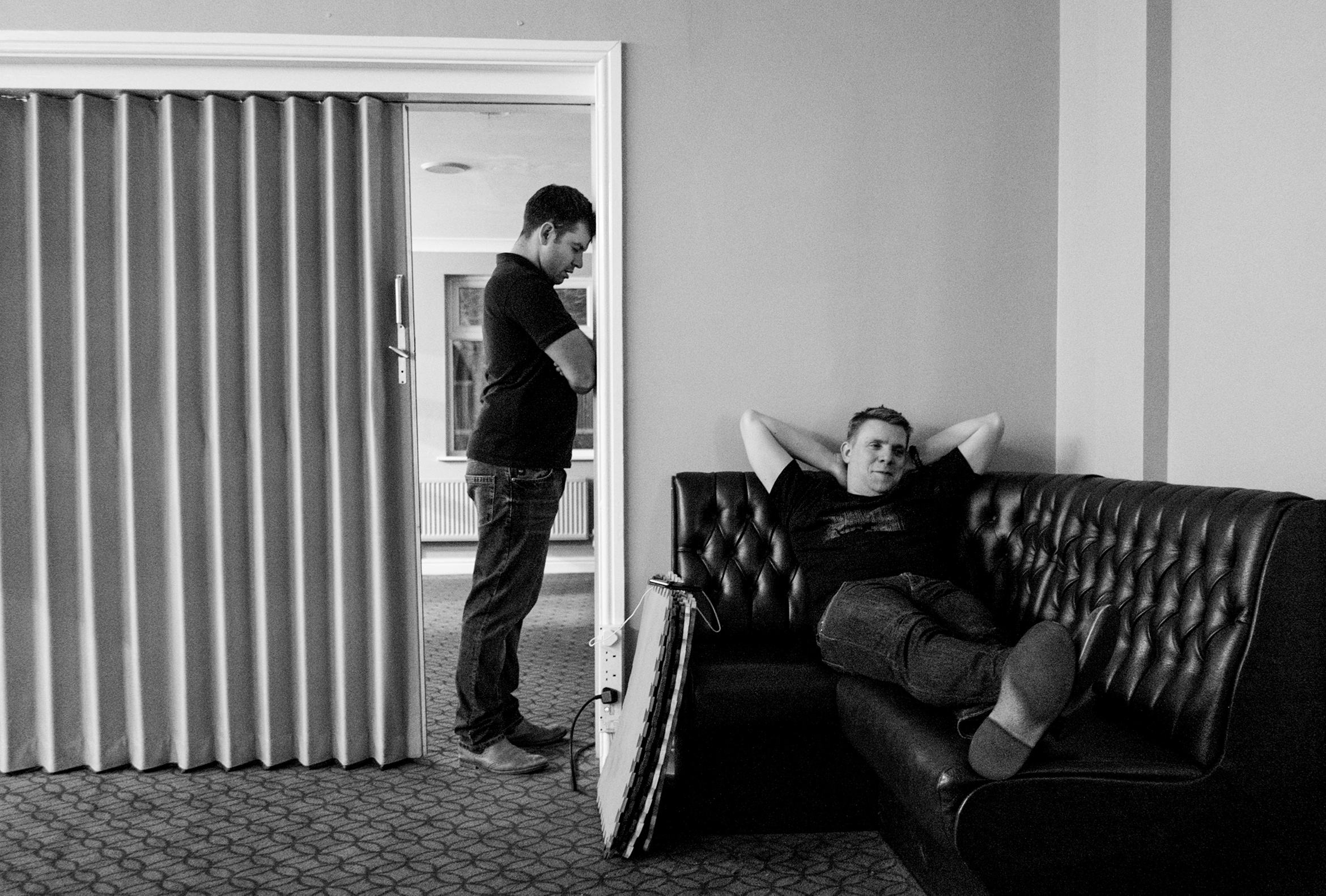
Fixation: Is there a particular image of yours that’s a favourite, or one you look on most fondly?
Steve Best: I think maybe there are two. The one of Mike Gunn through the curtain at the Hammersmith Apollo is the one people often comment on, and it got shortlisted for the Royal Academy Summer Exhibition. I like that one because although it’s an on-stage image, I’m backstage, peeking through the curtain. I like the light, and the fact that he’s on his own – even though he’s actually in front of three and a half thousand people, it’s quite a lonely picture.
I do also like the one of Barry Cryer. But the other one I was thinking of is one of the first pictures I took, which is one of Michael Fabbri and Joe Rowntree. Joe’s head is on the doorframe; he’s waiting to go on stage, and you can see he’s a bit stressed. And Michael Fabbri, he’s just finished his set, so he’s lying on the couch, and is very relaxed.
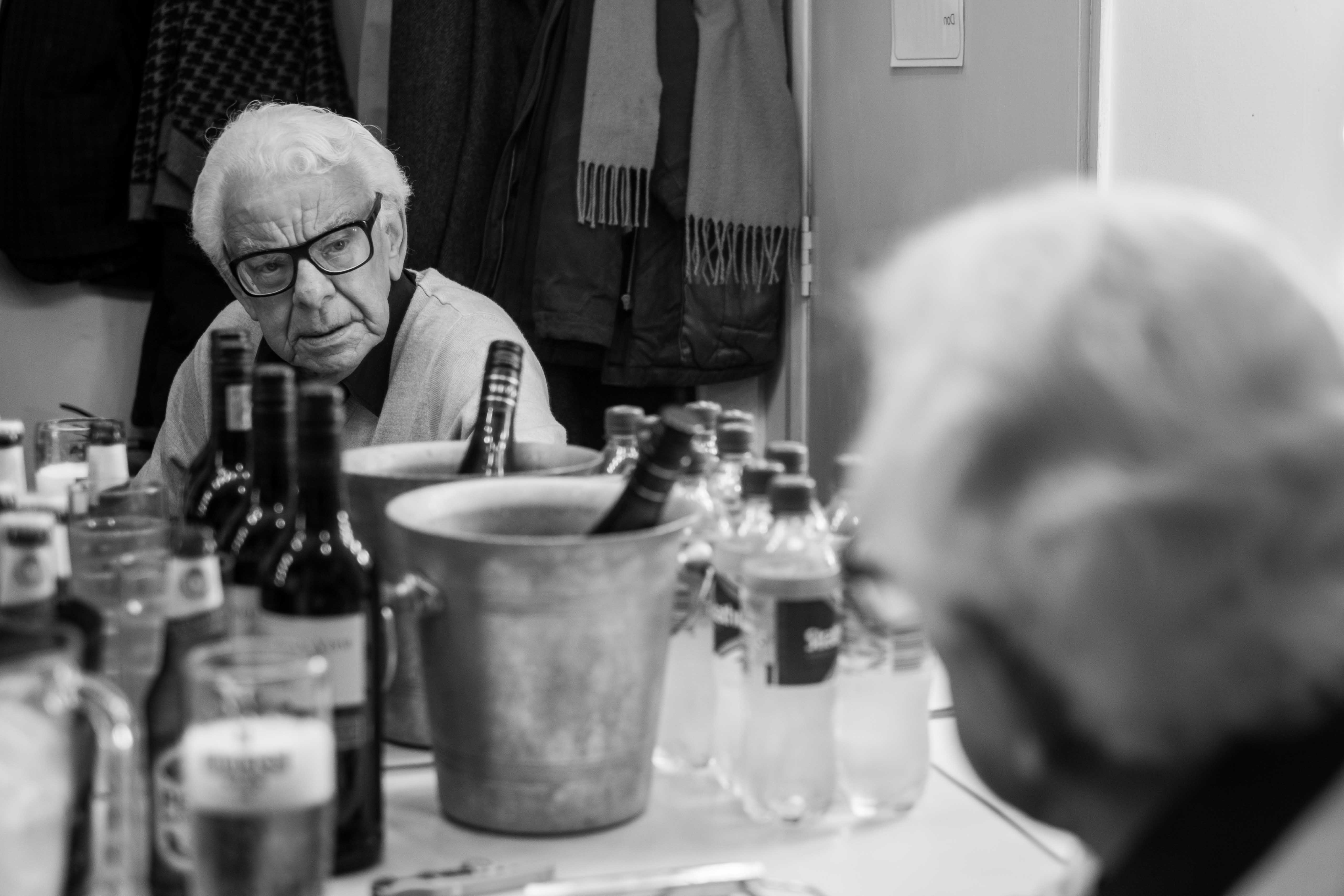
Fixation: Lastly, you’ve photographed absolutely loads of comedians, but are there any you haven’t photographed yet whom you’d like to?
Steve Best: Tim Minchin. I think he’s a great performer. And I’ve never got hold of Bill Bailey, which would be nice as well. There are still a few people out there. I’m always trying to collect people.
Steve Best was talking to Jon Stapley. See more of his books and prints at stevebest.com.

